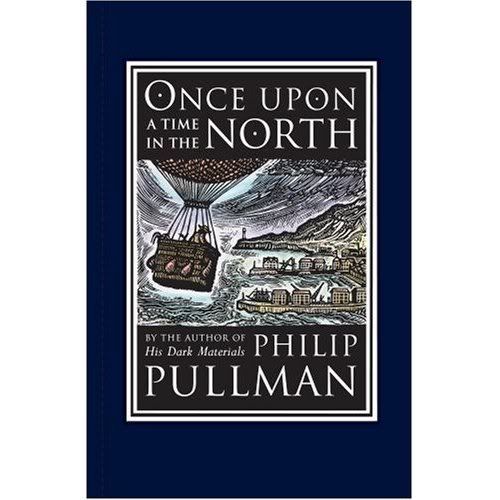 Clementine- by Sara Pennypacker. Pictures by Marla Frazee.
Clementine- by Sara Pennypacker. Pictures by Marla Frazee.I'm a bit of a scifi/fantasy head, so on this blog I'm really making an effort to expand my genre horizons. Clementine is not necessarily a book I would have chosen to read if I were not trying to expose as many people to as diverse a range of children's literature as humanly possible.
Clementine actually appeals to me in a very nostalgic way. Some of the earliest books I remember LOVING were the works of Beverly Cleary. From the adventures of Ralph S. Mouse to Henry Huggins' puppy, to Otis Spotford finally getting his comeuppance, Cleary's works filled me with laughter and imagination, and were clearly responsible for the bibliophile I grew into. I'm sure I am not the only reviewer to make the comparison between Pennypacker's Clementine and Cleary's most enduring creation, Ramona Quimby.
Both heroines are young, irrepressible, and march to the beat of their own drummers. Both see more than their fair share (or exactly their fair share, depending on your point of view) of trouble thanks to their refusal to do things the way others want them to. Both authors wonderfully create characters whose idiosyncratic world views makes the reader root for these square pegs inhabiting a world full of round holes. In Clementine, Pennypacker has created a 21st century heroine beloved by readers who find Ramona a bit dated. (The first Ramona book, Ramona and Beezus, was first published in 1955.)
Clementine is having a horrible week. No matter what she tries to do, it ends up getting her in trouble. Clementine's adventures show that one good deed is truly worth one thousand good intentions. No matter how she tries to correct her mistakes (cutting off her friend's hair, then cutting off her own hair to make up for it), she keeps getting deeper in trouble.
I won't go into too much detail concerning her misadventures, but I will say that Clementine is full of laugh out loud moments, one of the highest compliments I can pay any book. For example, consider the following exchange concerning why Clementine helps her elderly neighbor with grocery shopping:
"But if she asks me I have to say yes because A) she is four hundred years old and I am polite, and B) I need the money because I am saving up to buy a gorilla and I bet they cost L-O-T-S, lots."
A gorilla? How awesome is that. I mean, personally, I would save up to but an orangutan, but I think we can all relate to the desire to have some sort of great ape as a friend and companion. My orangutan would be named Roger, and he would wear a tuxedo.
Also, here's Clementine on naming her kittens:
"Since I have discovered that the most exquisite words in the world are on labels you will find in the bathroom, I carried the kittens into the bathroom and looked around until I found them beautiful names."
Fluoride and Laxative off to live with strangers, while Mascara goes to live with her neighbor Margaret. Later in the book she receives a new kitten whom she promptly names Moisturizer. If you don't know why Laxative is a hilarious name for a kitten, ask your parents.
Long story short, If you've ever gotten in trouble for doing something that is clearly awesome (but the adults in your life just can't understand the awesomeness of your actions), then Clementine is the book for you. If you liked Clementine, then there are two sequels as well, The Talented Clementine, and Clementine's Letter.


